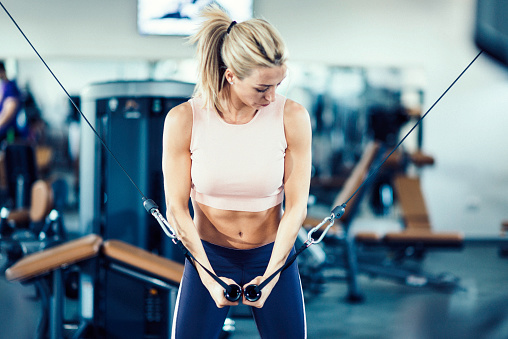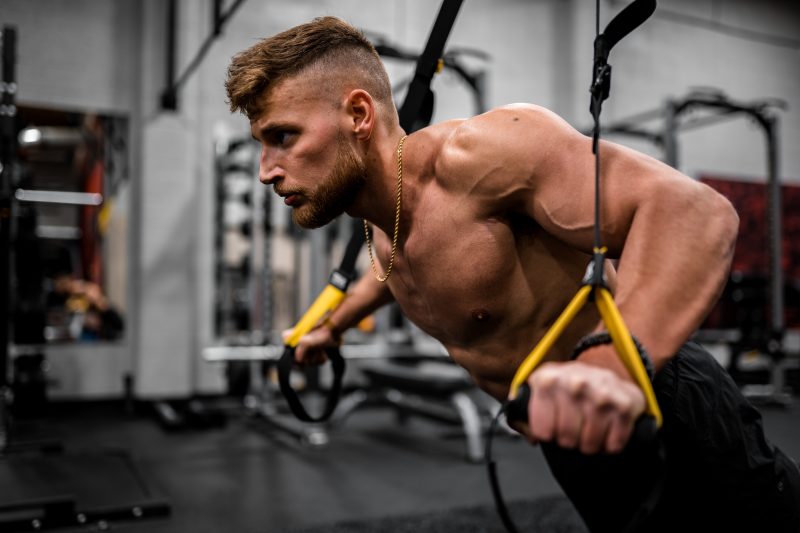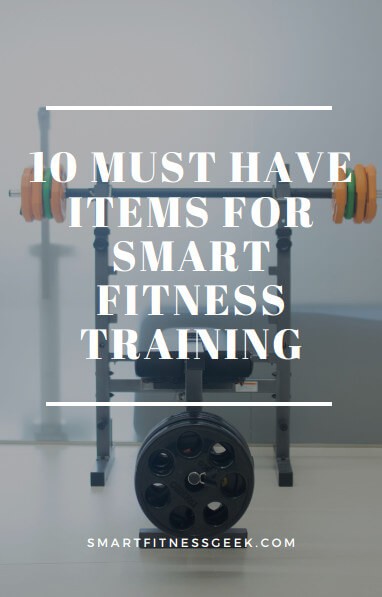Many individuals turn to the standard bench press when it comes to sculpting their chests. Although the cable crossover is sometimes neglected. It is a fantastic exercise that improves your entire chest. And has a few advantages that the bench press does not. The Cable Crossover is a machine-based exercise that builds the muscles of the upper chest. It uses two pulleys and engages your anterior deltoids, pectoralis major, and pectoralis minor.
The bench press has long been regarded as the go-to chest builder. And there’s little debate that it’s an exercise worth including in any chest-boosting routine. However, thinking it’s the end-all and be-all of chest builders is only going to lead to trouble in the long term.
You must consider outside the bench press box if you want to build a really excellent torso. The cable crossover machine may help you strengthen your entire body. From head to toe, as it assesses core stability with each exercise. Here’s how to use it successfully.
Table of Contents
The Cable Crossover Machine

The Cable Crossover machine, despite being one of the greatest pieces of equipment for a gym. It is typically only seen in major gyms. This isn’t because the Cable Crossover is underappreciated or that no one ever uses it. The Cable Crossover machine, on the other hand, necessitates a significant space. And is generally regarded as a significant exercise by general gym-goers.
This is a high-intensity workout that is only done by the “ Pros .” It’s even represented in films as one of the toughest exercises for the protagonist, often with an overstated weight.
This is a simple exercise, despite its appearance. Sure, it’s advanced, high-impact, and difficult. But anyone who has been training their chest muscles on a regular basis should be able to complete it.
How To Perform The Cable Crossover

Lift the pulley using cables to a higher setting than the head for a Cable Crossover with a high pulley. Grab two pulleys in each hand. Then stand in between the stacks while pushing your arms together in front of you. To enhance balance, your body needs to have a little bend in the front and one foot has to be in front.
- Step 1: Use a pulley to lift your body into the starting position for this exercise. Place pulleys above your head. Then choose the resistance that will be utilized to get into the starting position for this exercise. Grasp one handle in each hand, standing up.
- Step 2: When you pull your arms together in front of you. Extend your legs forward and then move ahead in an imagined straight line between the pulleys. From your waist, you should be slightly bent forward. The exercise is begun in this stance. Take a step forward so that the weights on the cable machine slightly extend from the stack.
- Step 3: Exhale as you slowly rotate your arms. Bending your elbows slightly and extending them out to your sides in a wide arc. Continue until you feel a chest stretch. Inhale as you do so. You should feel the weights pushing back against your wrists. The cables should be stretched and you should notice the weights pressing against your hands. Keep in mind that throughout the exercise, both arms and torso must stay immobile; only the shoulder joint should move.
- Step 4: As you breathe out, bring your arms back to the starting position. Make sure you use the same arc as when you lowered the weights. At all times, maintain a rigid posture with your spine straight. Maintain balance while walking by bending your knees and putting one foot in front of the other. This is the starting position.
- Step 5: When you get to the starting position. Hold for a second and then repeat the movement for the required number of reps. Squeeze your chest muscles as you bring the hands together. In a methodical manner, slowly bring your arms back to their starting point.
The Advantages Of Using The Cable Crossover Machine
- It’s a little safer: “You’re never in a situation where the cable crossover machine’s weight can come down on you since it runs parallel to your body,” Don Saladino, coach, and owner of Drive495 fitness institutions explain. “You’re constantly tugging or pushing away, so if something goes wrong, you can simply let go of it and it will return to the rack. If you are scared of heavyweights injury the cable machine might be a great alternative for building strength without risk of injury.
- It’s always working your core: Another advantage of operating this machine is that each move presents a stability challenge. “The cables force you to engage and stabilize with many distinct, tiny muscles,” Saladino explains. “If your little stabilizers aren’t sturdy and you just concentrate on developing larger muscles. People will get muscles tears and injuries will develop.”
- Saladino offers the following example: “Take the chest press exercise. You’re probably lying down and pushing a weight up toward the ceiling with a dumbbell or barbell. If you’re standing while working the cable machine, your entire body is engaged. In order to keep you upright, which includes your legs and feet. The lower body must keep you steady as your upper body hurls the weight up. Your glutes, quads, hamstrings, and core are all engaged to maintain your balance. Then, because you’re working your entire body as a unit, this is really important for athletic performance.
- It adds a unique element of resistance: A cable machine is a fantastic tool. It is best for these movements since it provides tension throughout the movement. “If you want to build up your strength, do the flyes,” Saladino advises. “When performing arm moves with dumbbells. There’s a phase of the movement when no muscle is under strain.” You can make tension throughout the entire exercise using the cable machine.
- It’s super customizable: The cable machine’s last benefit is that it’s adaptable, according to Saladino. Customiz it to fit the height of the user. And you may quickly increase in weight as you get stronger. It’s also extremely flexible for performing a wide range of activities.
To know more about free motion cable machines vs. free weights click here.







